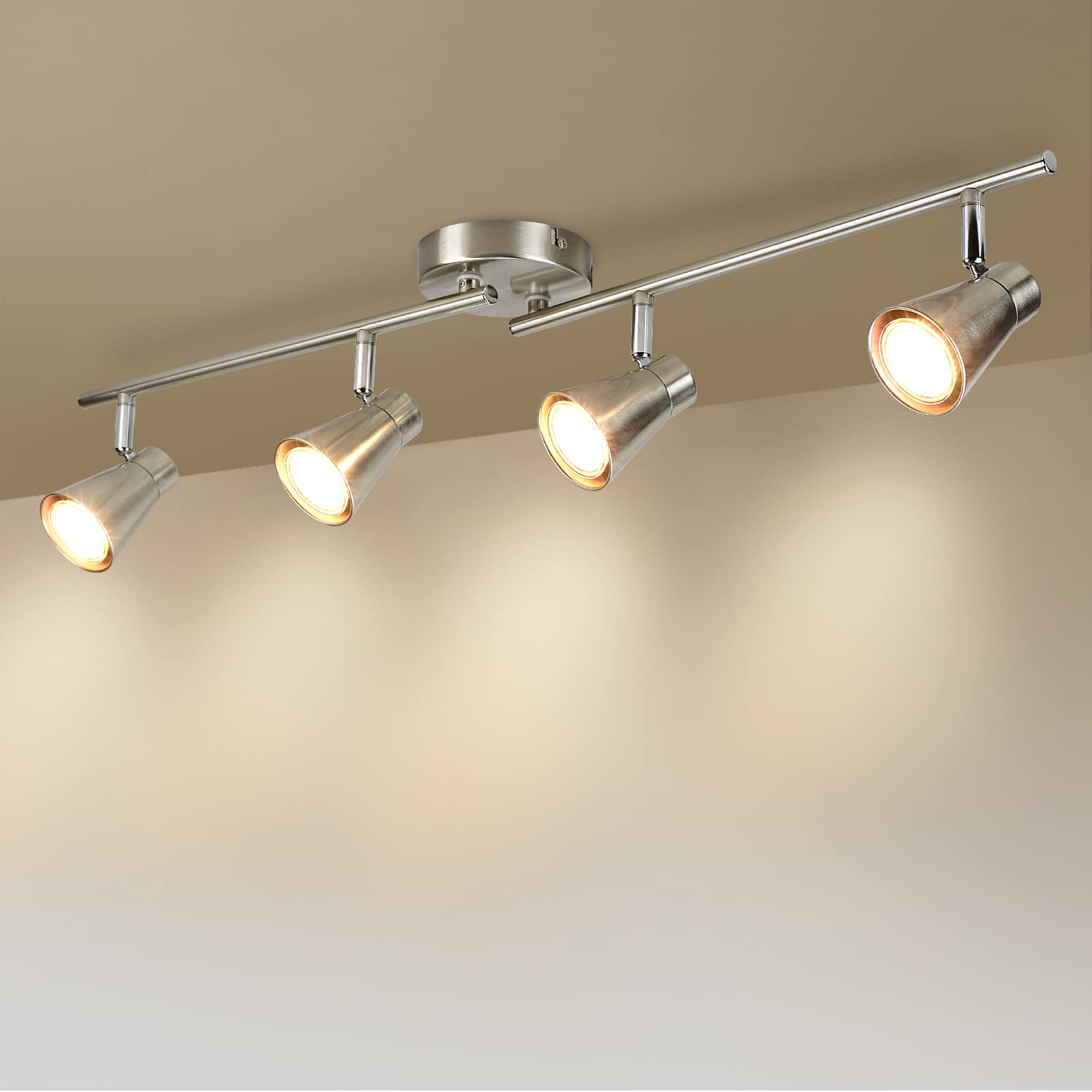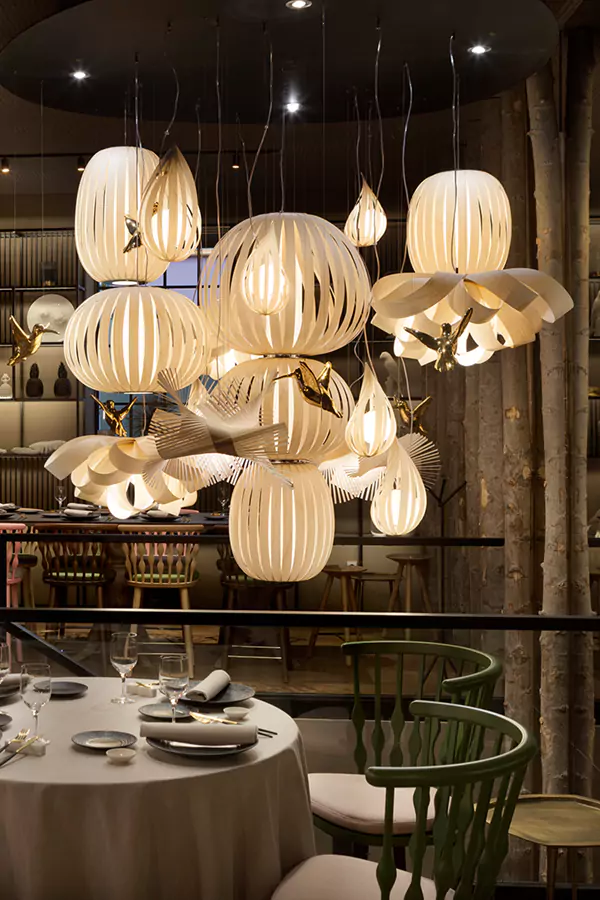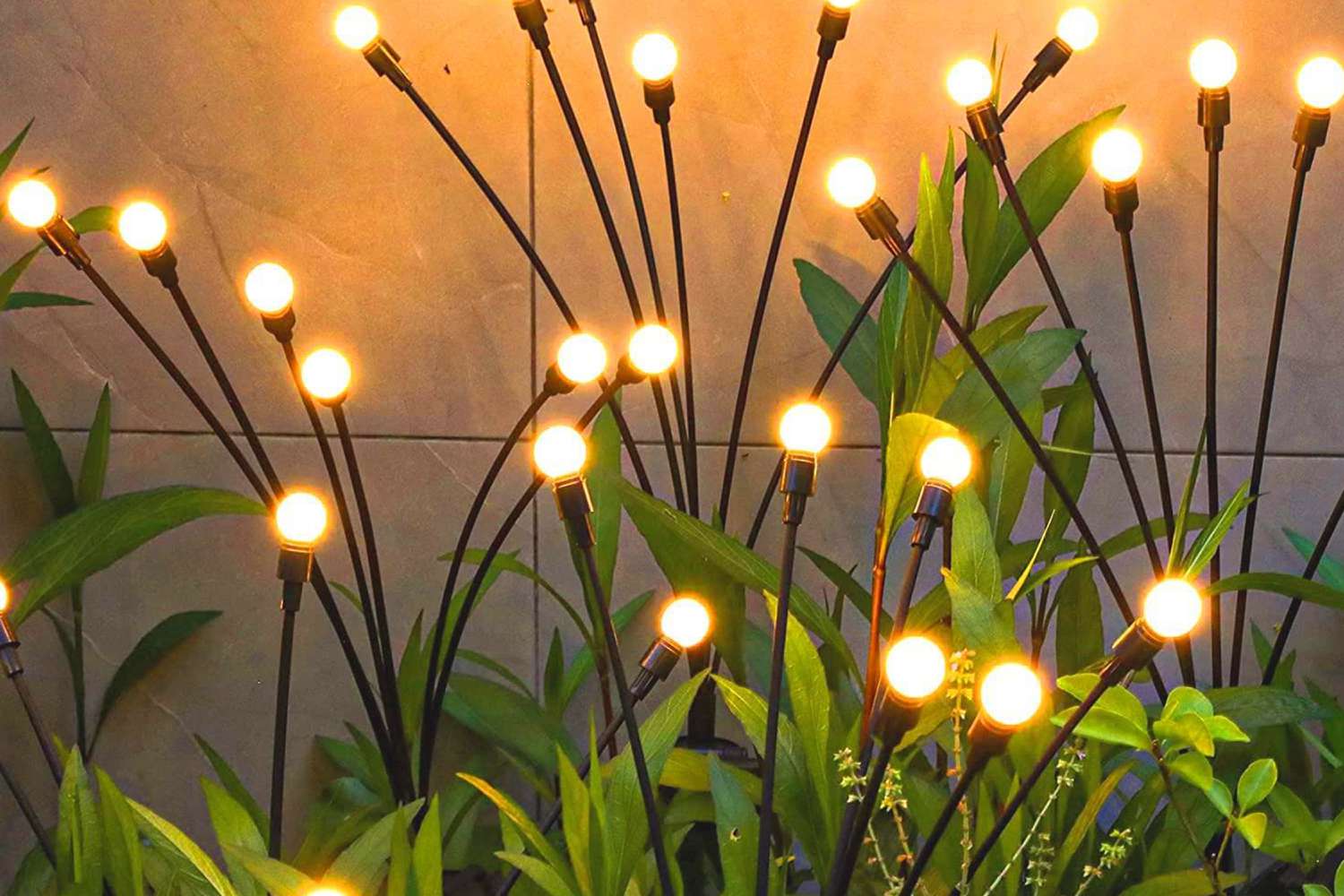Title: Types of Lighting: Understanding the Different Lighting Options for Every Room
Introduction:
Lighting plays a crucial role in setting the mood, ambiance, and functionality of every room in your home. Understanding the different types of lighting options available allows you to create a well-lit and inviting space that meets your specific needs and preferences. In this guide, we’ll explore the various types of lighting and how they can be used to enhance the aesthetics and functionality of every room in your home.
1. Ambient Lighting:
Ambient lighting, also known as general lighting, provides overall illumination to a room, creating a comfortable and well-lit environment. It serves as the primary source of light in most spaces and helps illuminate the entire room evenly. Common sources of ambient lighting include overhead fixtures, recessed ceiling lights, and wall-mounted sconces. Ambient lighting should be bright enough to provide adequate illumination for daily activities while also creating a warm and inviting atmosphere.
2. Task Lighting:
Task lighting is focused illumination that helps you perform specific activities or tasks with ease and precision. It provides concentrated light in areas where additional brightness is needed for tasks such as reading, cooking, working, or grooming. Common examples of task lighting include desk lamps, under-cabinet lighting in kitchens, pendant lights above kitchen islands, and vanity lights in bathrooms. Task lighting should be adjustable and positioned to minimize glare and shadows while providing optimal illumination for the task at hand.
3. Accent Lighting:
Accent lighting adds drama, depth, and visual interest to a room by highlighting architectural features, artwork, or decorative elements. It creates focal points and enhances the overall aesthetic appeal of the space. Common types of accent lighting include track lighting, recessed spotlights, wall-mounted picture lights, and LED strip lights. Accent lighting should be strategically placed to draw attention to specific areas or objects and create a sense of balance and harmony within the room.
4. Decorative Lighting:
Decorative lighting serves as both a functional and aesthetic element in interior design, adding personality and style to your space. It includes statement fixtures, decorative lamps, chandeliers, and pendant lights that serve as focal points and enhance the overall decor scheme. Decorative lighting fixtures come in a variety of styles, shapes, and materials to complement different design aesthetics, from modern and minimalist to traditional and eclectic. Choose decorative lighting fixtures that reflect your personal style and make a statement in the room.
5. Natural Lighting:
Natural lighting refers to the illumination provided by natural sunlight entering a room through windows, skylights, or glass doors. It enhances the overall ambiance of the space, creates a sense of connection with the outdoors, and promotes health and well-being. Maximize natural lighting in your home by choosing window treatments that allow ample sunlight to filter in while still providing privacy and glare control. Arrange furniture and decor to take advantage of natural light and minimize the need for artificial lighting during the day.
Conclusion:
Understanding the different types of lighting options available allows you to create a well-lit and harmonious environment in every room of your home. By combining ambient, task, accent, decorative, and natural lighting effectively, you can enhance the aesthetics, functionality, and mood of each space to suit your needs and preferences. Experiment with different lighting techniques, fixtures, and placements to create a customized lighting scheme that transforms your home into a welcoming and inviting sanctuary.



